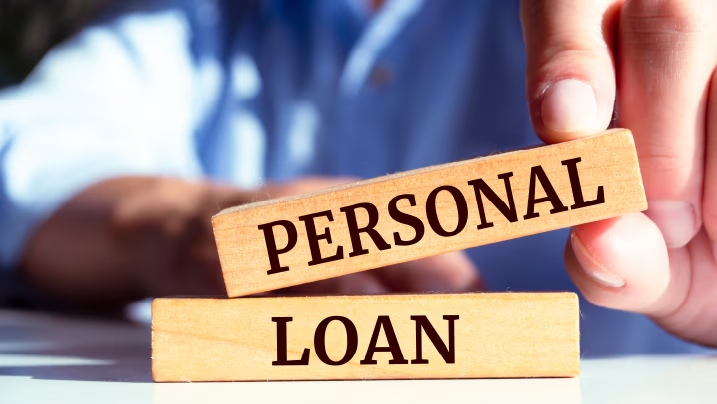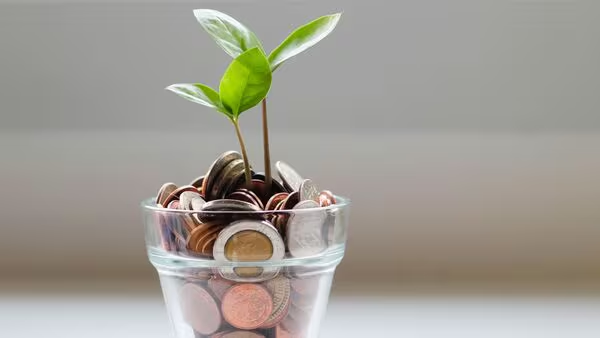If you need money for an emergency, a big purchase, or to consolidate debt, a personal loan might be a good option. But what exactly is a personal loan? How does it work? And how can you get one?
In this guide, we’ll explain everything you need to know about personal loans in simple, easy-to-understand language.
What Is a Personal Loan?
A personal loan is money you borrow from a bank, credit union, or online lender that you pay back in fixed monthly payments over time. Unlike a mortgage (for a house) or an auto loan (for a car), a personal loan can be used for almost anything—medical bills, home repairs, vacations, weddings, or even debt consolidation.
Key Features of a Personal Loan:
- Fixed Amount: You borrow a set amount (e.g., 5,000or10,000).
- Fixed Interest Rate: The interest rate usually stays the same for the entire loan term.
- Fixed Repayment Term: You repay the loan over a set period (usually 1 to 7 years).
- Unsecured (Mostly): Most personal loans don’t require collateral (like a house or car).
How Does a Personal Loan Work?
- You Apply for the Loan
- You fill out an application with a lender (bank, credit union, or online lender).
- The lender checks your credit score, income, and debt-to-income ratio.
- The Lender Approves (or Denies) Your Application
- If approved, you’ll get an offer with the loan amount, interest rate, and repayment terms.
- You can accept or decline the offer.
- You Receive the Money
- Once accepted, the lender deposits the money into your bank account (usually within a few days).
- You Repay the Loan in Monthly Installments
- Each month, you pay back a portion of the loan plus interest.
- Payments stay the same (fixed) throughout the loan term.
- The Loan Is Paid Off
- After the last payment, the loan is closed, and you owe nothing more.
Types of Personal Loans
Not all personal loans are the same. Here are the main types:
1. Secured Personal Loans
- Requires collateral (like a car, savings account, or home).
- Lower interest rates (because the lender has less risk).
- Example: A loan using your car as security.
2. Unsecured Personal Loans
- No collateral needed.
- Higher interest rates (riskier for lenders).
- Approval depends on credit score and income.
3. Debt Consolidation Loans
- Used to combine multiple debts (like credit cards) into one loan.
- Can lower interest rates and simplify payments.
4. Fixed-Rate vs. Variable-Rate Loans
- Fixed-rate: Interest rate stays the same.
- Variable-rate: Interest rate can change over time.
Pros and Cons of Personal Loans
✅ Pros
✔ Fast Funding: Get money quickly (sometimes within 24 hours).
✔ No Collateral Needed (for unsecured loans).
✔ Fixed Payments: Easy to budget since payments stay the same.
✔ Lower Interest Than Credit Cards (if you have good credit).
❌ Cons
✖ Interest Rates Can Be High (especially with bad credit).
✖ Fees May Apply (origination fees, late fees, prepayment penalties).
✖ Risk of Debt Cycle (borrowing more than you can repay).
How to Get a Personal Loan
Step 1: Check Your Credit Score
- Lenders prefer good credit (670+) for lower interest rates.
- If your score is low (below 580), work on improving it first.
Step 2: Compare Lenders
- Banks, credit unions, and online lenders offer personal loans.
- Compare interest rates, fees, and repayment terms.
Step 3: Prequalify (If Possible)
- Many lenders let you check rates without hurting your credit.
- Prequalification gives an estimate of loan terms.
Step 4: Apply for the Loan
- Submit documents like pay stubs, bank statements, and ID.
- The lender will do a hard credit check, which may slightly lower your score.
Step 5: Accept the Loan & Receive Funds
- If approved, review the loan terms carefully.
- Sign the agreement, and the lender will deposit the money.
Step 6: Repay on Time
- Set up autopay to avoid missed payments.
- Paying early can save on interest (if no prepayment penalty).
Where to Get a Personal Loan?
- Banks (Chase, Wells Fargo, Bank of America) – Good for existing customers.
- Credit Unions – Lower rates for members.
- Online Lenders (SoFi, Upstart, LendingClub) – Fast approval, good for fair credit.
- Peer-to-Peer (P2P) Lenders (Prosper, Peerform) – Borrow from individuals.
What If You’re Denied a Personal Loan?
If you get rejected:
- Ask why (lenders must explain).
- Improve your credit score before reapplying.
- Apply with a co-signer (someone with good credit who guarantees the loan).
- Try a secured loan (if you have collateral).
Final Thoughts
A personal loan can be a helpful financial tool if used wisely. It’s great for emergencies, big expenses, or consolidating high-interest debt. However, always borrow only what you need and compare lenders to get the best deal.
Before taking a loan, ask yourself:
- Can I afford the monthly payments?
- Is this the cheapest way to borrow?
- Do I really need this loan, or can I save up instead?
If you’re responsible with repayment, a personal loan can be a smart financial move!
Need Help Choosing a Loan?
Check out loan comparison websites like NerdWallet, Bankrate, or Credit Karma to find the best rates for your situation.


